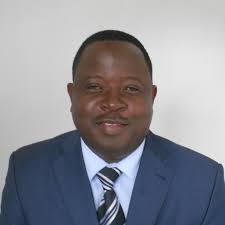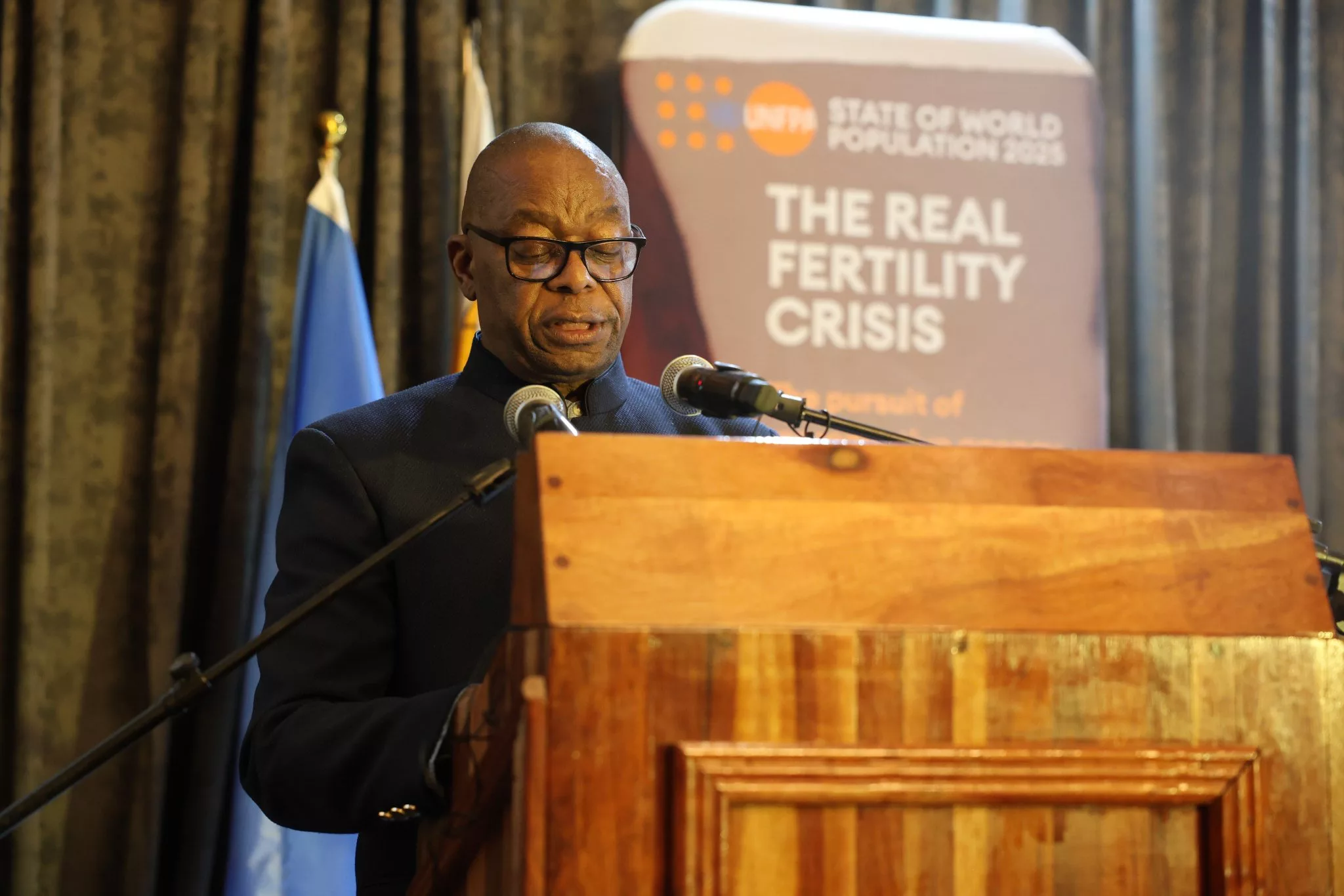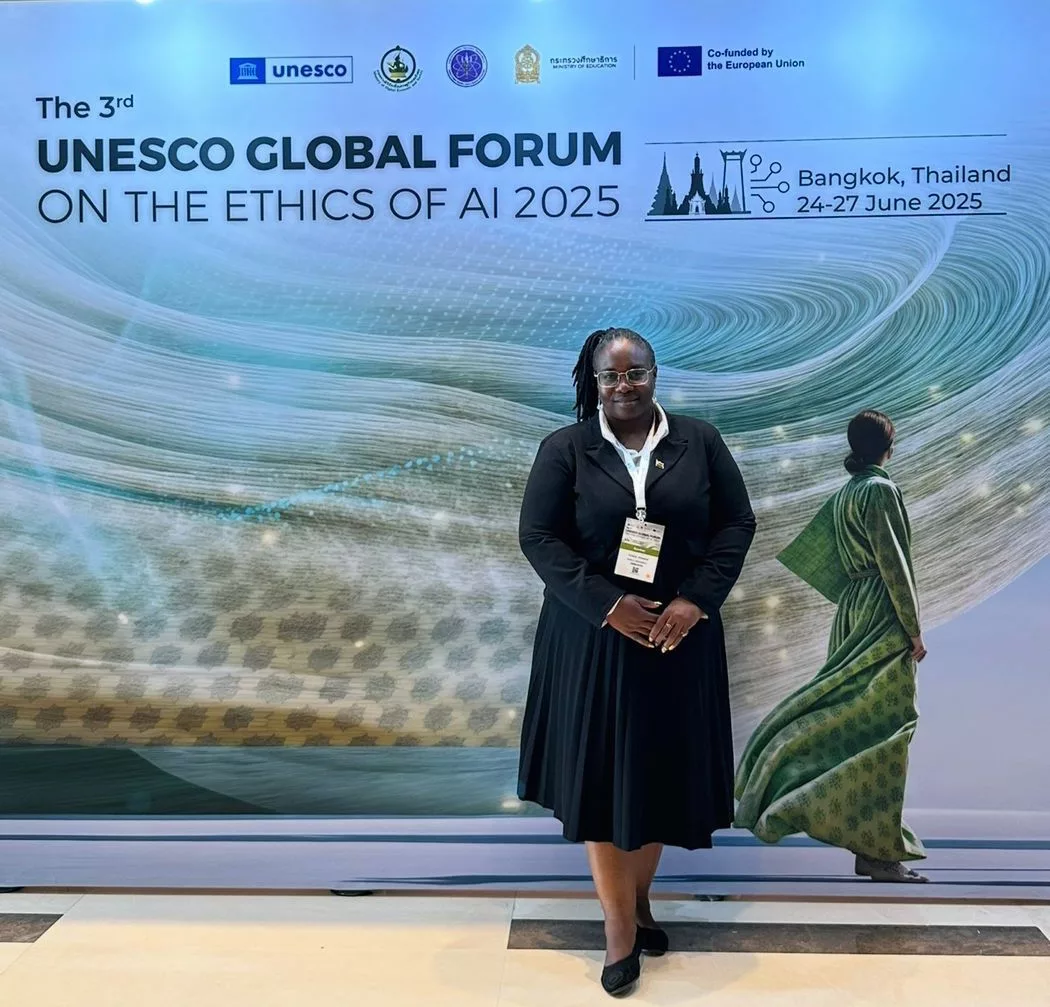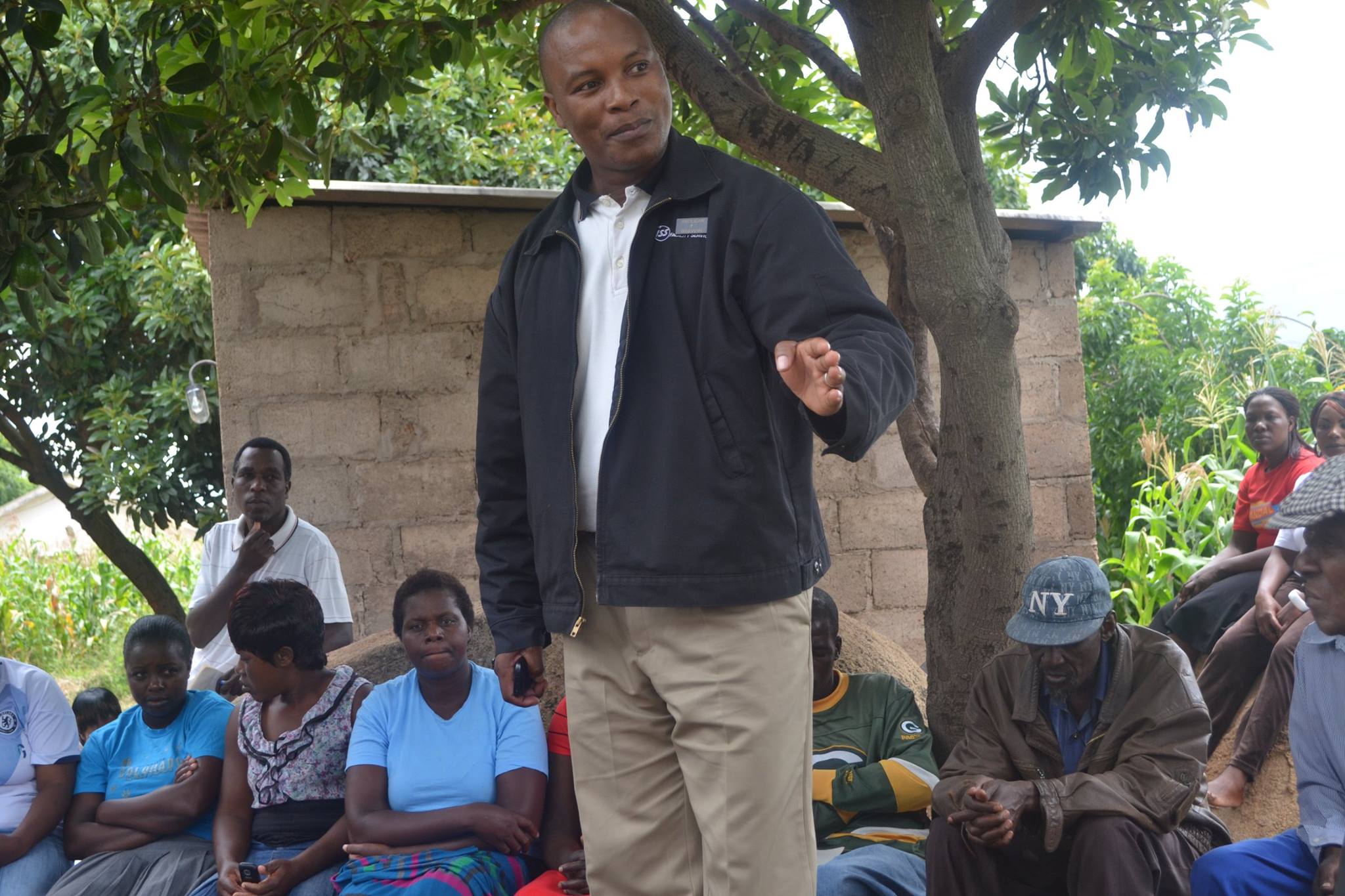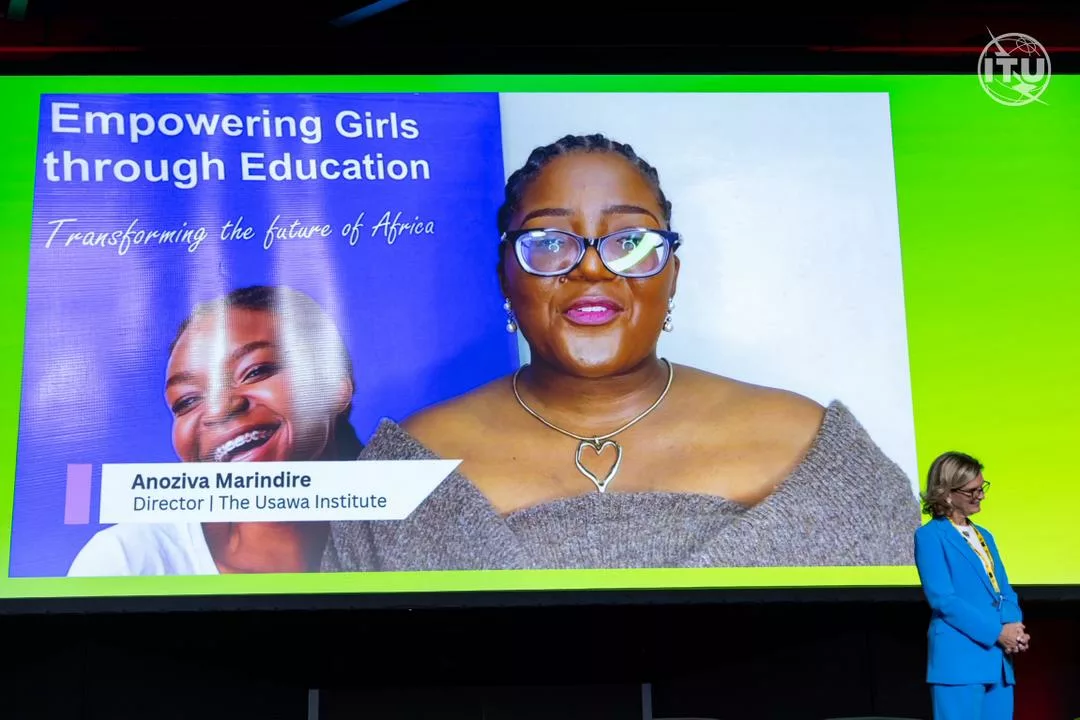|
Getting your Trinity Audio player ready...
|
As the world marked World Population Day on July 11, 2025, the spotlight turned toward the globe’s most powerful, yet often overlooked, demographic force—young people. With the theme “Empowering Youth, Sharing Futures,” this year’s commemoration is a timely call to action, urging governments, civil society, and communities to recognize youth not just as passive beneficiaries but as dynamic agents of change in health and development.
In Zimbabwe, where 67% of the population is under the age of 30, the potential of youth to transform the nation’s socioeconomic landscape is undeniable. Yet many remain underemployed, out of school, and excluded from the decisions that affect their lives, especially in the areas of health and well-being.
The Community Working Group on Health (CWGH), a national civil society network, used this year’s observance to call for targeted, youth-centered investment and action to ensure healthier futures. In a statement, CWGH described youth empowerment as not just a moral imperative but a strategic investment essential to the nation’s development.
“Empowering youths is not merely a social responsibility—it’s a prerequisite for national progress,” the CWGH noted. “By ensuring their voices are heard and their needs are met, we build resilience and lay the foundation for stronger communities.”
Youth as Catalysts for Change
Globally, there are 1.8 billion young people—the largest generation in history. In Africa, the world’s youngest continent, youth make up a significant portion of the population and possess the energy, innovation, and creativity needed to tackle challenges like poverty, climate change, inequality, and health crises. However, young people, particularly in Zimbabwe, continue to face serious barriers to realizing their full potential.
From limited access to reproductive health and mental health services to inadequate comprehensive sexuality education and persistent digital exclusion, youth face a complex web of disadvantages. These gaps contribute to rising rates of unintended pregnancies, sexually transmitted infections (STIs), substance abuse, and mental health disorders, especially in low-income and rural areas.
Barriers and Breakthroughs
CWGH emphasized that while mobile phone penetration in Zimbabwe is high, the digital divide remains significant, especially in marginalized communities. Young people in rural and underserved areas struggle to access the educational, health, and economic opportunities that come with digital connectivity.
Despite these challenges, there are rays of hope. Across the country, youth-led programs and community initiatives are working to equip young people with tools, knowledge, and platforms to shape their futures:
Youth forums and peer-led workshops are providing safe spaces for open dialogue on reproductive health, mental health, and lifestyle choices.
Comprehensive sexuality education is being introduced in some schools, helping dismantle myths and stereotypes.
Digital skills training and tech inclusion campaigns are slowly bridging the connectivity gap.
Public-private partnerships are emerging to support scholarships, internships, and community service initiatives that empower youth.
“Access to accurate health information, safe platforms for expression, and economic opportunity are key pillars of empowerment,” said CWGH. “When youth are informed and engaged, they become advocates for themselves and their communities.”
Participation, Not Tokenism
One of the central messages of CWGH’s World Population Day advocacy is that youth must have a seat at the table. Their participation in designing, implementing, and monitoring health programs must be intentional and meaningful.
“Young people should not just be talked about; they should be talked to—and listened to,” said Itai Rusike, the CWGH Executive Director.
Involving youth in community health programs fosters ownership, responsibility, and sustainability. It also ensures that interventions are relevant and responsive to the real challenges young people face.
A Call for Policy and Action
To realize the vision of “Empowering Youth, Sharing Futures,” CWGH calls for a collective, multisectoral approach. This includes:
Investing in youth-focused health programs, especially in reproductive and mental health.
Promoting digital inclusion, including subsidies for digital tools and expanded internet access.
Supporting youth economic empowerment through training and employment opportunities.
Creating inclusive platforms for youth participation in local and national policy-making.
Strengthening community health structures that include youth voices and leadership.
The organization also urges the enactment of national policies that institutionalize youth engagement and digital access, especially for vulnerable populations in rural areas.
Conclusion: From Participation to Power
As Zimbabwe and the world celebrate World Population Day 2025, the message is clear: the future belongs to the youth—but they must be empowered to claim it.
When young people have access to education, health services, and opportunities to lead, they not only improve their own lives but also become drivers of change for families, communities, and the nation at large.
CWGH’s message is one of hope, urgency, and resolve: “Let us support, listen to, and invest in our youth. In doing so, we empower a generation capable of shaping a healthier, more equitable future for all.”


